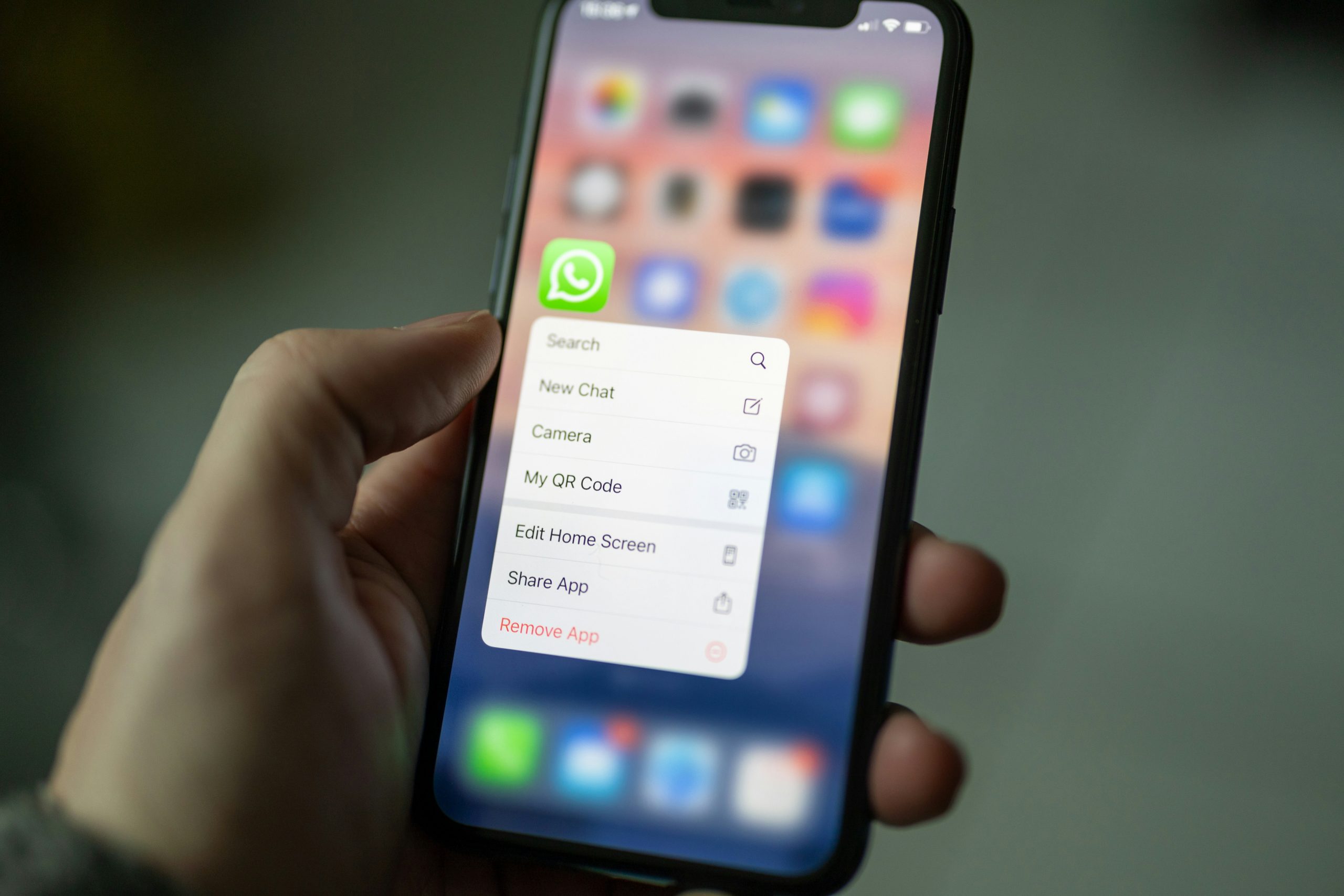In this modern age of constant connectivity and social sharing, our digital footprints have become more intricate than ever before. Among the myriad platforms we use to communicate and express ourselves, WhatsApp has established itself as a staple in the realm of instant messaging. With its feature-rich interface, users can share photos, videos, and text updates through their status feature. However, what if you’ve posted a status that you now regret or simply no longer wish to keep visible? Fear not, for in this guide we delve into the intricacies of how to delete your WhatsApp status with ease and finesse. Join us on this journey to reclaim control over your virtual presence and learn the steps to bid adieu to that embarrassing moment captured in a fleeting update.
Introduction to WhatsApp status feature
The WhatsApp status feature is a dynamic way for users to share updates, photos, and videos with their contacts in real-time. This feature allows individuals to express themselves creatively and connect with friends and family through visual content. With the option to add text, emojis, and drawings to their statuses, users can personalize their updates to reflect their mood or share important moments.
What sets the WhatsApp status feature apart is its ephemeral nature – each status expires after 24 hours, creating a sense of urgency for viewers to catch up on the latest posts. This aspect adds an element of excitement as users constantly update their statuses with fresh content. Furthermore, WhatsApp provides privacy settings that allow users to control who can view their status updates, giving them the flexibility to share selectively with specific contacts or groups.
As social media platforms continue to evolve, the WhatsApp status feature remains a popular tool for sharing everyday moments and staying connected with loved ones in a visually engaging way. Its simplicity and interactive capabilities make it an essential part of the WhatsApp experience for over 2 billion users worldwide.

Why you may want to delete status
When it comes to deleting your WhatsApp status, there are a few compelling reasons why you may want to consider hitting that delete button. Firstly, maintaining privacy and control over your personal content is crucial in the digital age. Deleting a status allows you to manage who has access to your updates and ensures that only selected contacts can view them.
Secondly, removing a status can be a form of self-care and detox from the constant need for validation on social media platforms. By deleting statuses that no longer serve you or contribute positively to your well-being, you are reclaiming agency over your online presence. This act of decluttering not only cleanses your virtual space but also promotes mindfulness in curating what kind of content you choose to share with others.
In essence, the decision to delete a WhatsApp status boils down to asserting control over what you share online and nurturing a healthy relationship with social media. It’s an opportunity to prioritize your mental health and set boundaries around the type of content you want associated with your digital identity.
Step-by-step guide to deleting status
First, open your WhatsApp application on your mobile device and navigate to the Status tab. Here, you will see all the statuses you have uploaded. Next, select the status you want to delete by tapping on it and holding down for a few seconds until options appear. Then, choose the delete option from the menu that pops up. Confirm your decision to delete the status, and voila! Your unwanted status is now removed from your list.
Deleting a status can be liberating in a world where social media often dictates what we share with others. With this step-by-step guide, taking control of what you display on WhatsApp becomes easy and empowering. Remember, deleting a status doesn’t just scrub it off your profile but also ensures that only content you truly wish to share remains visible to your contacts.
![]()
Alternative options for managing status
When it comes to managing your WhatsApp status, there are a variety of alternative options available that offer greater control and customization. One interesting approach is to utilize third-party apps specifically designed for this purpose. These apps not only allow you to delete your status but also provide additional features like scheduling posts, adding filters, and more.
Another innovative option is to create a close friends or family group where you can share your updates instead of making them public on your main status. This way, you can maintain privacy while still keeping loved ones in the loop about important events or moments in your life. Additionally, utilizing the mute feature for specific contacts can help you avoid unwanted interactions without having to delete your status altogether. By exploring these alternative methods, you can find the best strategy that suits your individual preferences and needs when it comes to managing your WhatsApp status.
Privacy considerations when using status feature
When utilizing the status feature on WhatsApp, it is vital to consider the implications regarding privacy. The content you share on your status can potentially be viewed by all your contacts, including those you may not wish to see certain updates. Therefore, exercising caution and mindfulness in what you post is crucial in maintaining personal boundaries.
It’s important to regularly review your privacy settings on WhatsApp to ensure that only the intended audience has access to your status updates. Additionally, being selective about who can view your status and utilizing features such as custom privacy settings can help protect sensitive information from reaching unintended viewers. By proactively managing your privacy preferences while using the status feature on WhatsApp, you can enjoy sharing moments with confidence and security.

Tips for creating engaging and safe statuses
When crafting statuses on WhatsApp, it’s crucial to strike a balance between engaging your audience and ensuring safety and privacy. One key tip is to avoid sharing overly personal information that could potentially compromise your security. Keep in mind that once a status is posted, it can be viewed by all your contacts, so always exercise caution in what you share.
Another important aspect of creating engaging and safe statuses is to leverage multimedia content effectively. Using visuals like photos or videos can captivate your audience and make your status more interesting. However, be mindful of the content you choose to share as it should align with your desired image while also respecting the privacy of others who may appear in your media.
Additionally, consider the tone and language used in your statuses to maintain professionalism and positive engagement with your contacts. Avoid controversial topics or offensive language that could lead to unnecessary conflicts or misunderstandings among those viewing your status updates. By following these tips for creating engaging and safe statuses on WhatsApp, you can effectively express yourself while prioritizing privacy and security concerns.
Conclusion: Importance of managing online presence
In conclusion, the significance of managing your online presence cannot be overstated in today’s digital world. Your online footprint shapes how others perceive you, both personally and professionally. By actively monitoring and curating your digital profiles, you can ensure that the image you project aligns with your desired identity.
Moreover, effective management of your online presence can safeguard your privacy and protect against potential security risks. Taking control of what information is accessible about you online empowers you to shape the narratives surrounding your personal data. It also allows you to present yourself authentically while maintaining a level of discretion over what is shared with the public eye. Prioritizing the management of your online presence goes beyond mere vanity; it is a proactive measure in navigating the complexities of an interconnected world.











